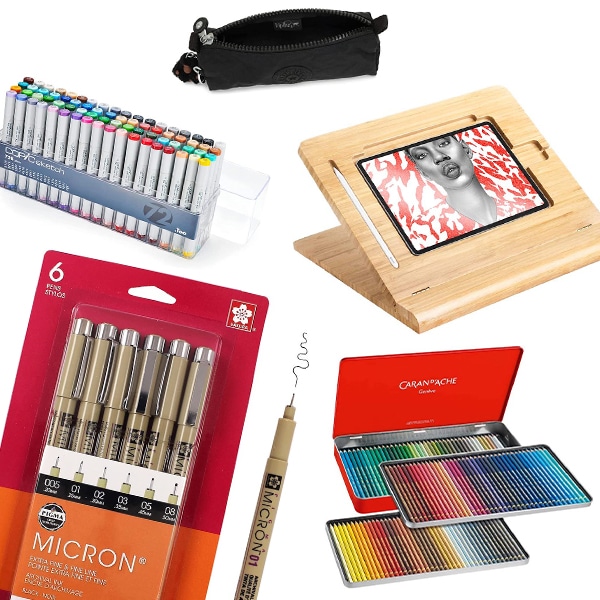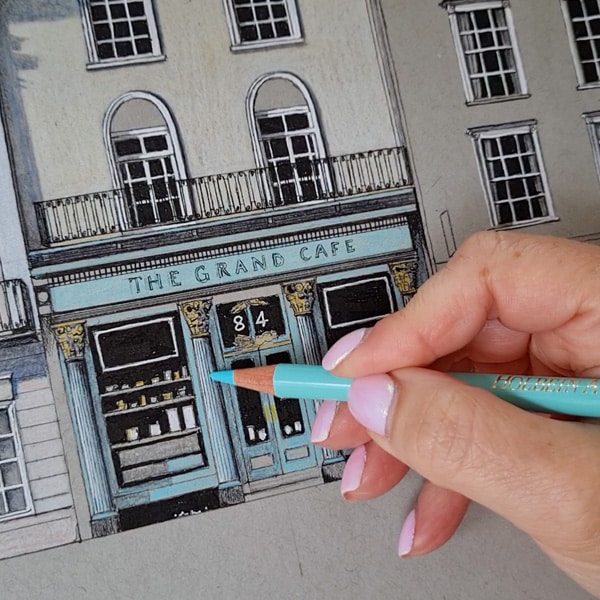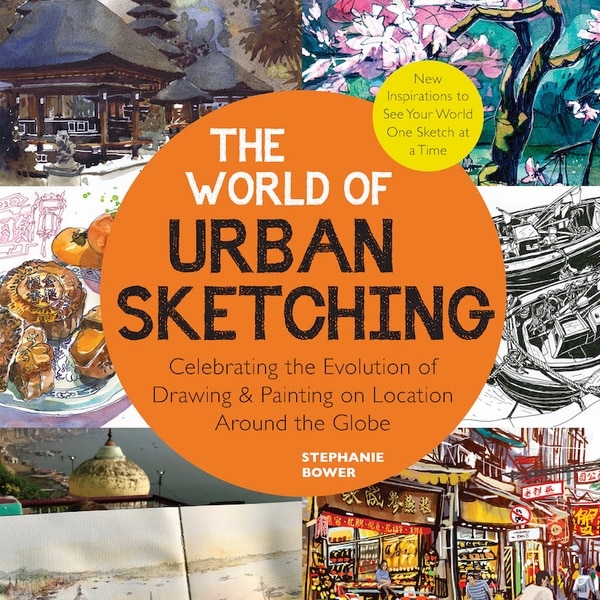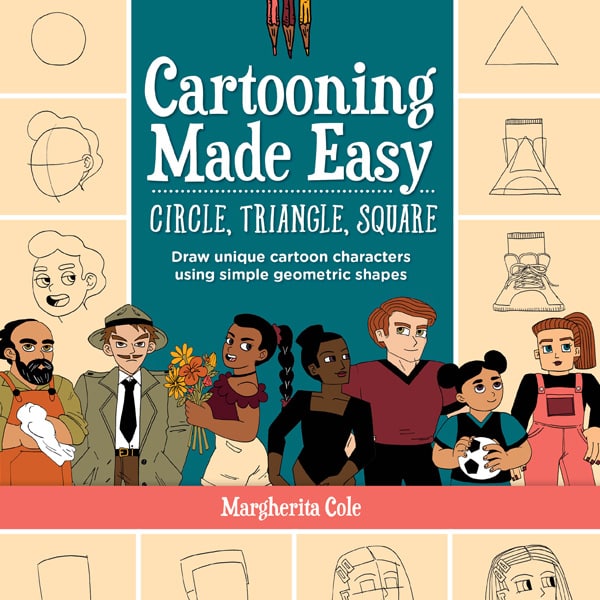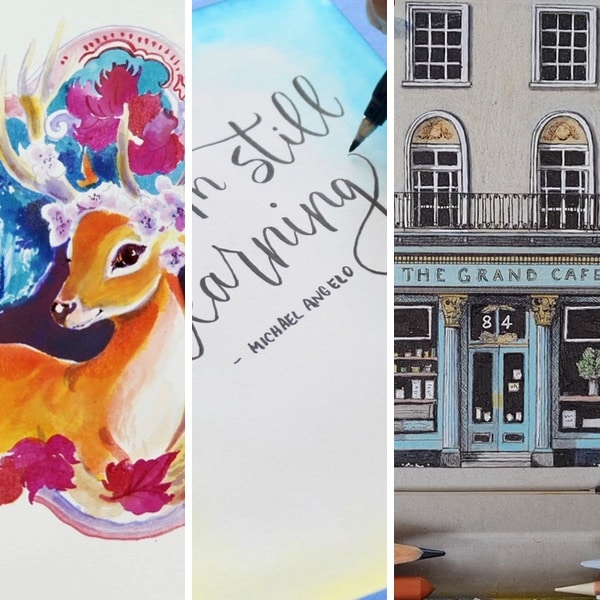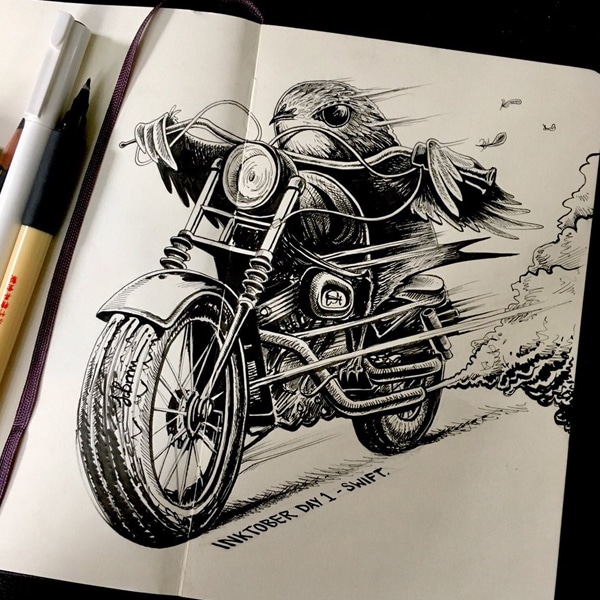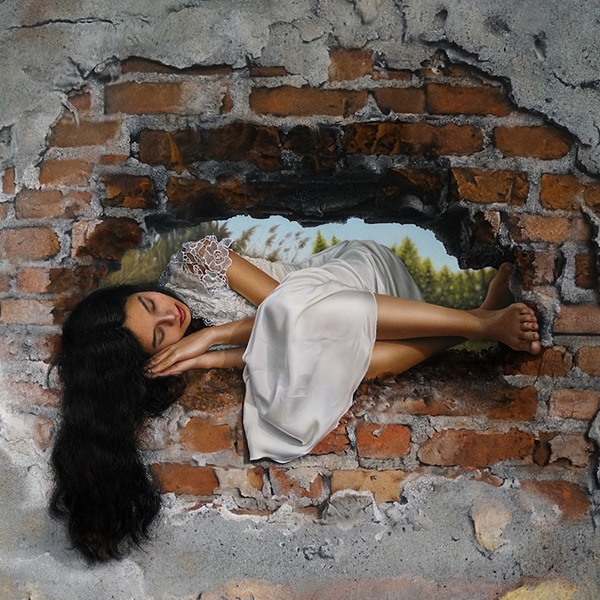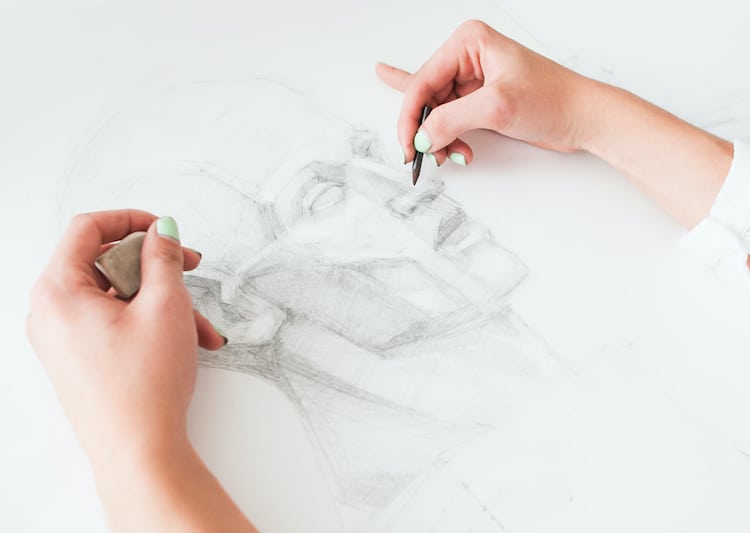
Stock Photos from Golubovy/Shutterstock
This post may contain affiliate links. If you make a purchase, My Modern Met may earn an affiliate commission. Please read our disclosure for more info.
In your quest to draw realistic portraits, it’s important that you know how to sketch all aspects of a face. From the eyes to the lips to the nose, each element is important in accurately portraying your subject.
Of all the facial features, the nose is one you might not give a lot of thought. But don't ignore it—this feature helps define the face. Think back to all the times you've remembered someone because of their schnoz. That alone is reason enough for why you should learn how to draw a nose.
Drawing a nose is a great artistic exercise. This particular body part is simple to sketch, but it has distinctive qualities that can make it a challenge to get just right. In this tutorial, you’ll learn the parts of a nose as well as what to look for when drawing it.
Anatomy of a Nose
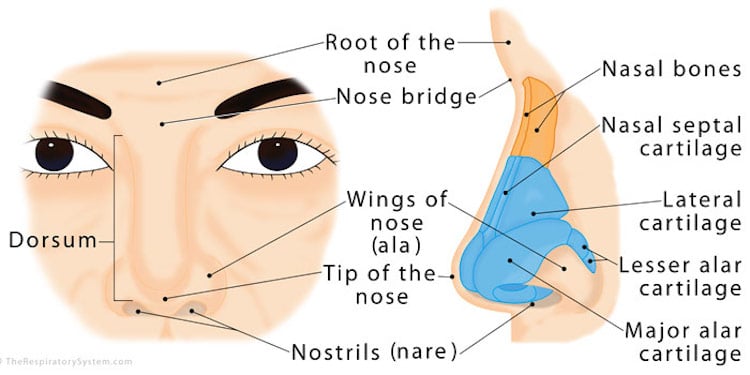
Photo: The Respiratory System
Before you get started drawing, it’s always helpful to understand the anatomy of what you’ll be sketching. That way, you’ll have a better comprehension of how something moves (or doesn’t move), and you’ll be sure to manipulate it in ways that make sense for its form. For drawing the human body, this means you’ll want to learn how to sketch bones, including the skull. (Depicting a skull is a great exercise and one that is commonly used in drawing classes.)
You only need to know a few essential parts of the nose to have an understanding of its form. There is the nasal bone that is near the top of your nose—in fact, the “root” of the nose is between your eyebrows. From the root, the dorsum (or “bridge”) leads down to the tip of the nose to the nostrils on either side.
It’s here that you’ll want to observe the individual features of the nose. It’s not a complicated body part (especially when compared to the hands or eyes), but there are some things to note before you begin a drawing.
Ask yourself:
- What does the bridge of the nose look like? Is it thin or wide? Does it curve or have a bump in it?
- How big are the nostrils? In other words, how much of the nostrils do we see?
- What is the shape of the tip of the nose? How far does it go below the nostrils?
How to Draw a Nose Step by Step
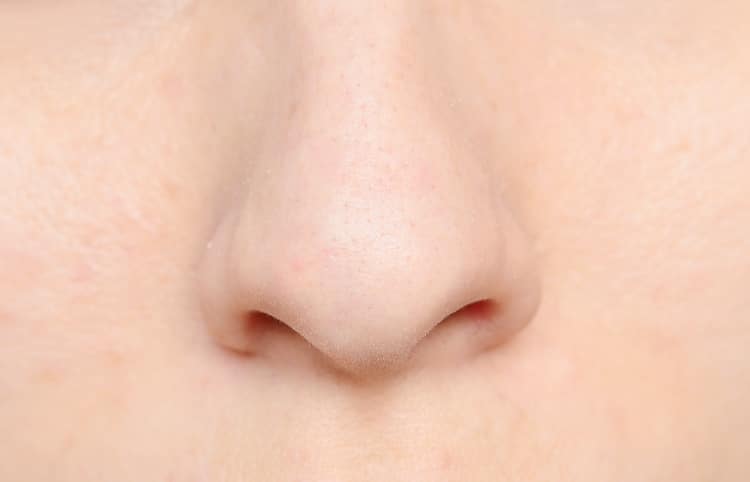
Stock Photos from Big Foot Productions/Shutterstock
Make sure you grab your essential art supplies. For this exercise, you’ll want to have at least a few pencils of varying graphite tones, a vinyl eraser, and a sketchpad.
Step 1: Break the nose down into its most basic shapes.

Photo & Art: Sara Barnes / My Modern Met
Once you’ve familiarized yourself with the anatomy of a nose, take a look at the source material of the schnoz you’d like to draw. For this lesson, it is beneficial to sketch several noses to really appreciate just how different this body part can be.
Based on what you know about its features—including the bridge, tip, and nostrils—break them down into basic shapes. Using an HB pencil, you’ll draw a long oval for the bridge and smaller circles for the tip of the nose as well as nostrils. (These elements will overlap, and that’s okay.) While you’re just getting into the basics of how the nose is shaped, make sure you pay attention to the width of its features.


































































